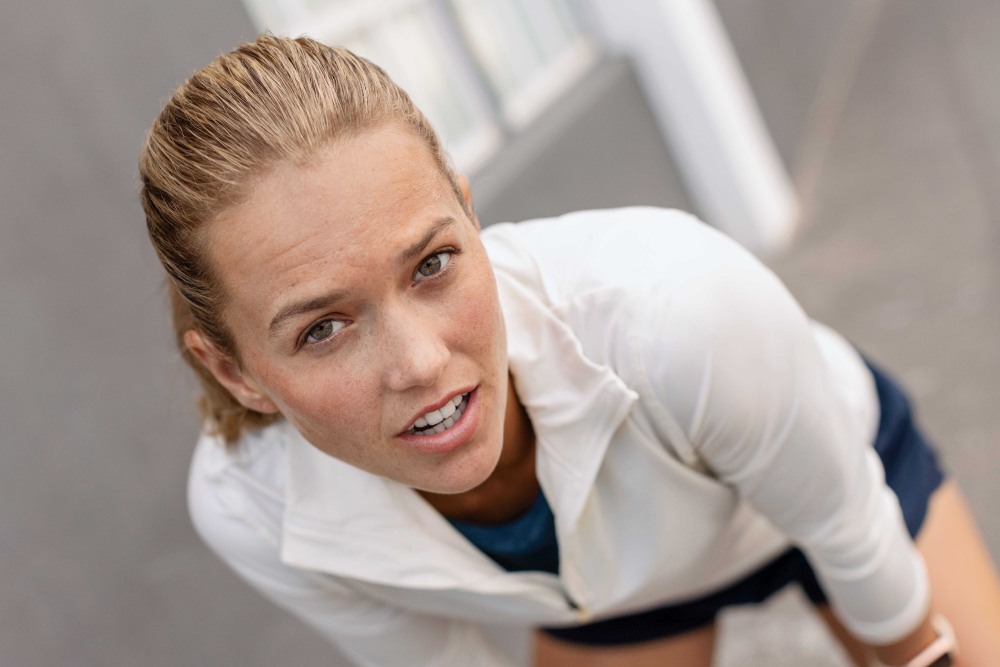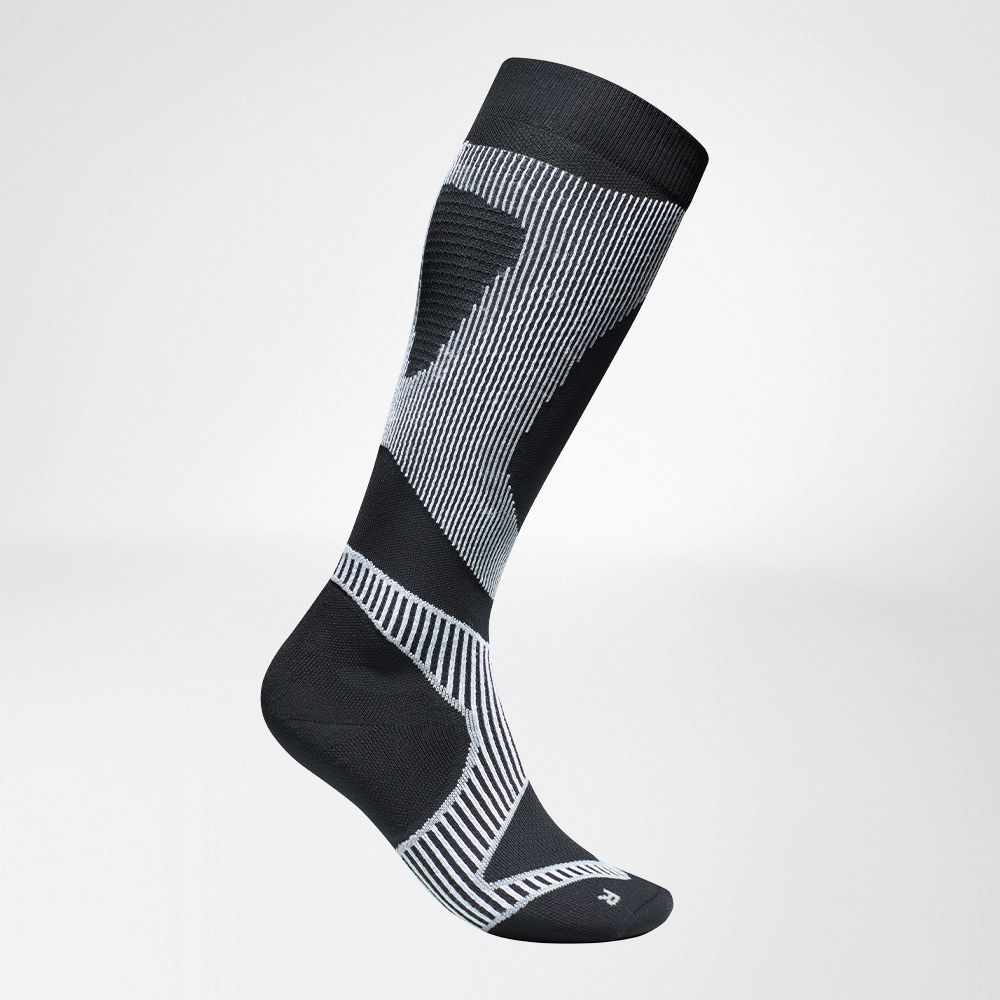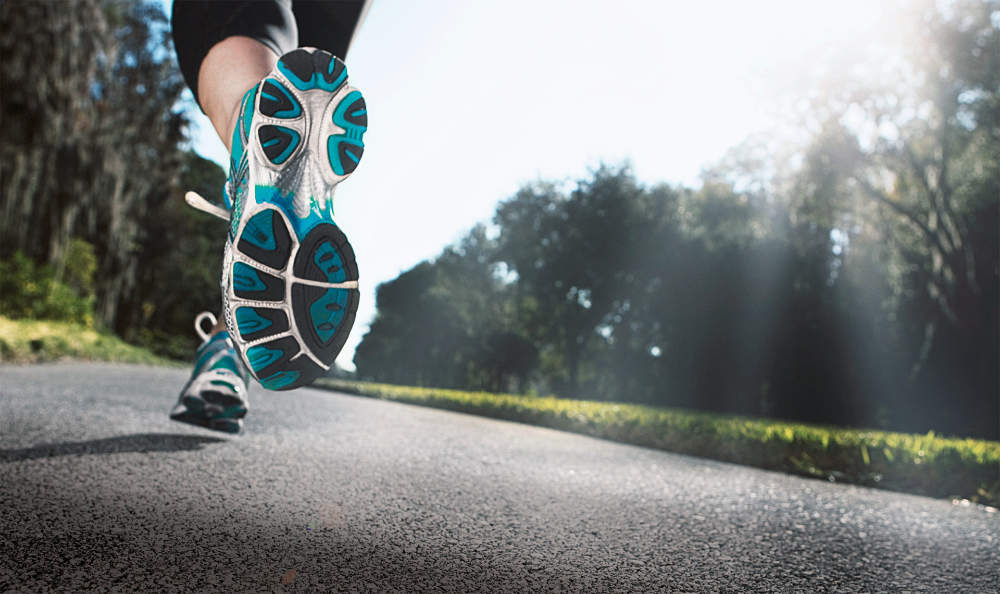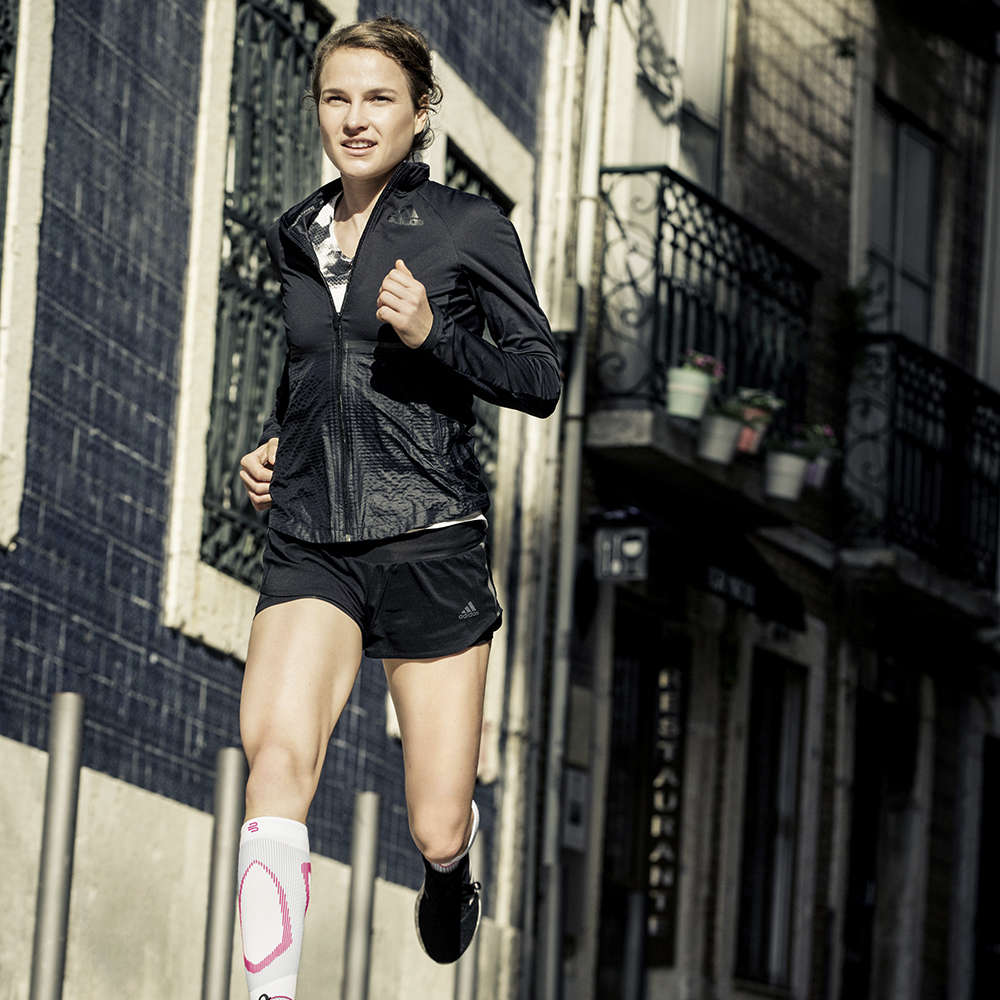
Running
Running for Beginners
Top Tips: Get started now!

1. Stop thinking, start running! It is exhausting, it is time-consuming, and afterwards you’ll be sore – you can come up with quite a few reasons why running is a bad idea. But there are even more reasons why taking up running is a great idea! Deep down you know this, so you might as well put on your trainers or running shoes and get started. It doesn’t matter whether you manage to run for several kilometres right away, or have to take your first break after just 100 metres. The only thing that matters is that you give it a try, and get used to it – and maybe a life without running will soon seem impossible.
2. Walking is permitted! It is exhausting, it is time-consuming, and afterwards you’ll be sore – you can come up with quite a few reasons why running is a bad idea. But there are even more reasons why taking up running is a great idea! Deep down you know this, so you might as well put on your trainers or running shoes and get started. It doesn’t matter whether you manage to run for several kilometres right away, or have to take your first break after just 100 metres. The only thing that matters is that you give it a try, and get used to it – and maybe a life without running will soon seem impossible.
To begin with, you may choose to alternate between short walking breaks and running passages, for example, based on this pattern: 4 x 5 minutes of running, with a three minute walking breaks in between. Over time you can gradually extend the running periods and shorten the walking breaks. What’s important especially to begin with: if you don’t feel well, do not force yourself to keep running, but listen to your body!
3. Go shopping! You need very little equipment to take up running (this is another good reason for getting started right now!), however, there are a few important items you should buy.
Running shoes: they are the most important thing and, in the truest sense of the word, the basis for regular running. You will very quickly notice the difference between simple trainers and good running shoes. The special cushioning properties of running shoes take the strain off your joints and also make running much more comfortable. Important: When buying shoes, please go to a specialist shop, preferably a specialized running shop. There you can try on the shoes and go for a short run in them. This will allow an experienced salesperson to recognize which shoe suits your running style. A treadmill analysis shows, among other things, how your foot touches the ground when running and whether your shoe needs, for example, a so-called "pronation support", an element that prevents the foot from bending inwards.
Running clothes: it may be sunny and rather warm in spring already, however, temperatures still differ significantly over the course of the day, especially in March and April. To take up running, you should therefore wear a breathable running shirt and a lightweight running jacket that should at least keep out the wind and that can be quickly opened and taken off if needed. Lightweight running trousers are also a good idea. Cotton material is prone to absorbing sweat, and this can lead to painful chafing of your skin, especially on the thighs.
Compression clothing and sports supports: there are little additional aids that will help you take up running with ease. Especially as a beginner at running, you are at risk of getting sore muscles or twisting your ankle, as your muscles still need to get used to this new type of strain. Our products provide for ideal support in this respect. Targeted medical compression applied for example to your calves or thighs with our Compression Sleeves, prevents muscle soreness and speeds up your muscles’ recovery. Sports supports stabilise your knee and ankle joints and provide added protection against twisting and severe ligament injuries. Take a look at the running socks, sleeves, and supports available at our online shop right now!
4. Take small steps towards success! This advice will become very important once you have been on a couple of runs and developed a certain degree of routine: increase the extent of your training slowly. Even if you feel good and fit enough to tackle longer distances: your bones, muscles, and tendons have to get used to the increased strain gradually, to prevent injuries that will put a sudden stop to your efforts.
5. Breaks are important! The previous rule also applies when it comes to the time you allow between your runs: take things slowly. When you take up running, you are bound to experience muscle soreness a few times. This is a sign that your body is still in the recovery phase. Allow your body this time to recover and take enough time to relax.
6. Hydration, hydration, hydration! This is not new: it is important to stay hydrated. It’s particularly true when you take up endurance sports such as running. Make sure to establish a “drinking routine” right from the start. This means: you should ideally have one or two small glasses of water before your run, as well as afterwards to make sure that lost fluids are replaced as quickly as possible. Water helps your muscles recover, and it cools down your body when it has “run hot”.
7. Keep going! Take small steps to increase your training sessions, and take sufficient breaks, but make sure you keep up the routine. Enter two or three fixed running days in your calendar, or find friends or a running group to help you stay motivated. After just a few weeks, you will most likely be eager to get out there and run. This is why spring is the perfect time to take up running. Have fun!










